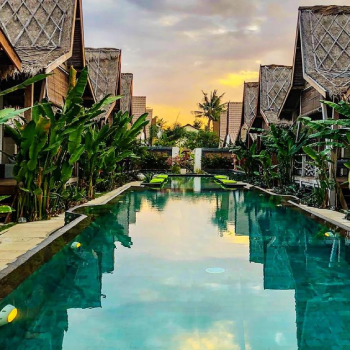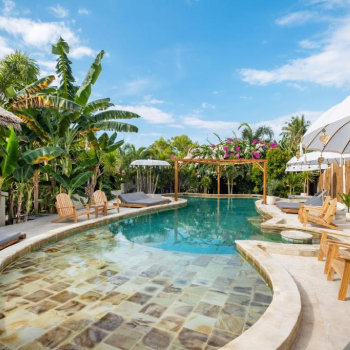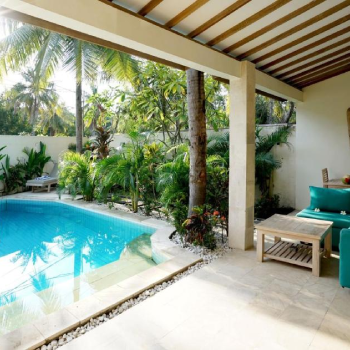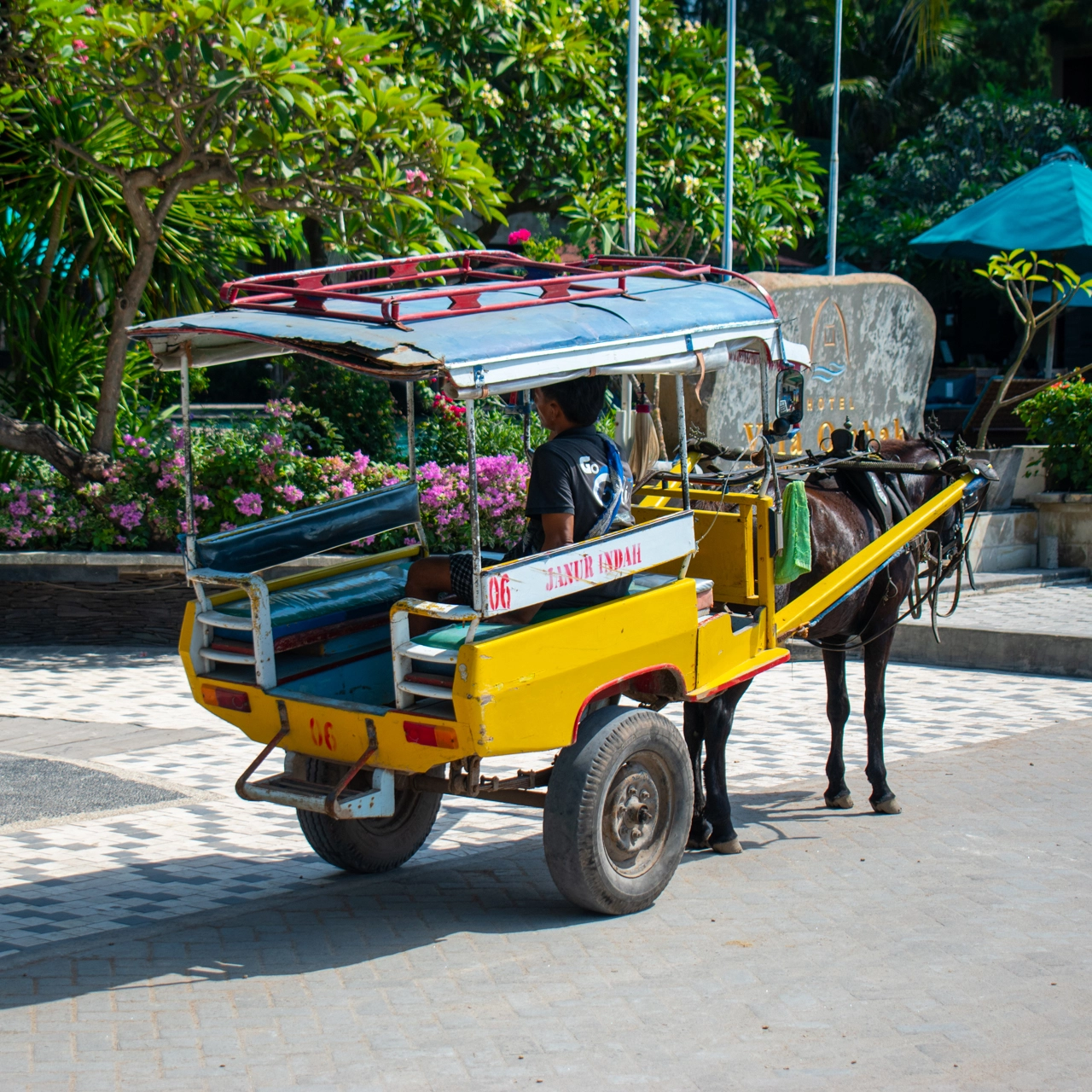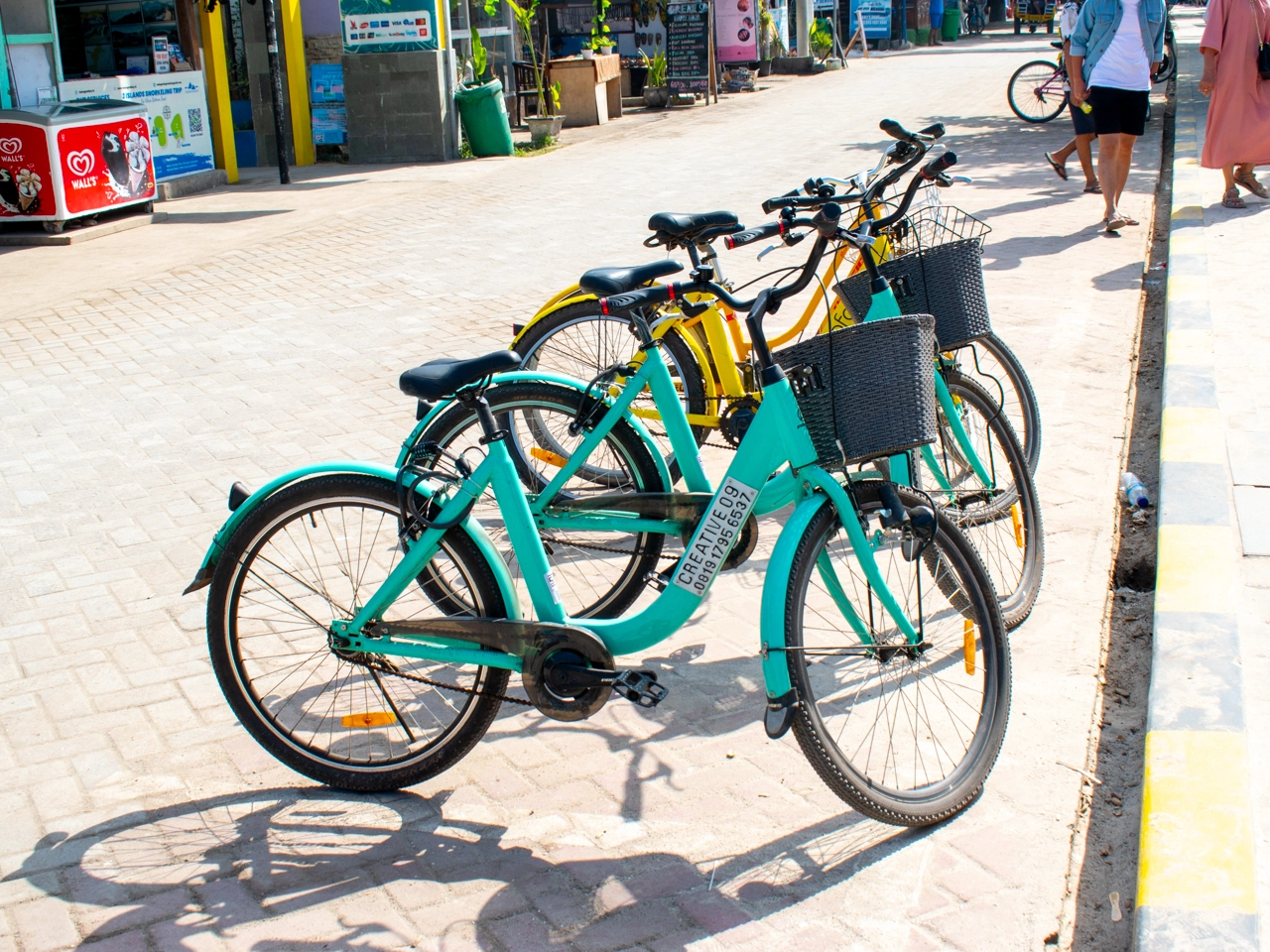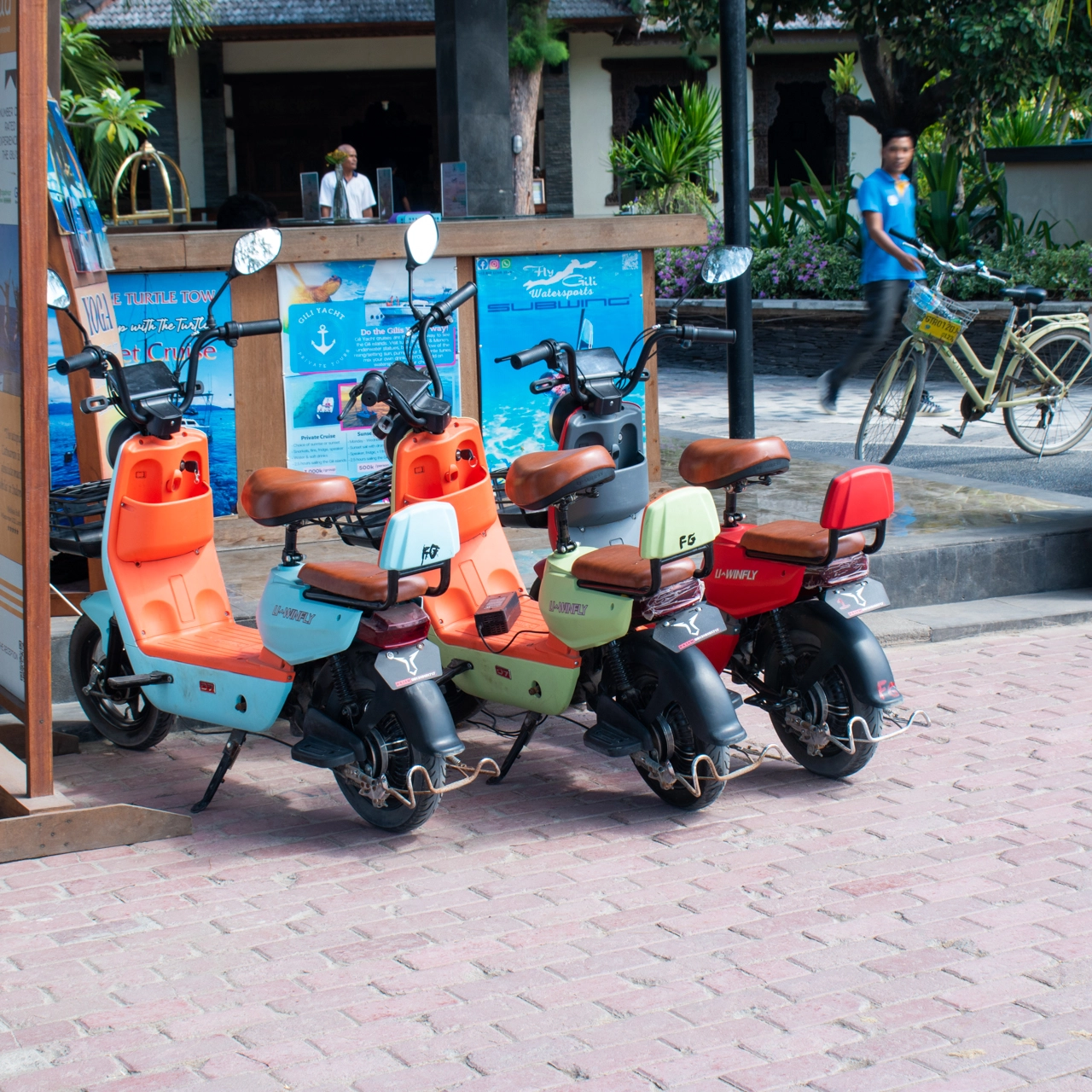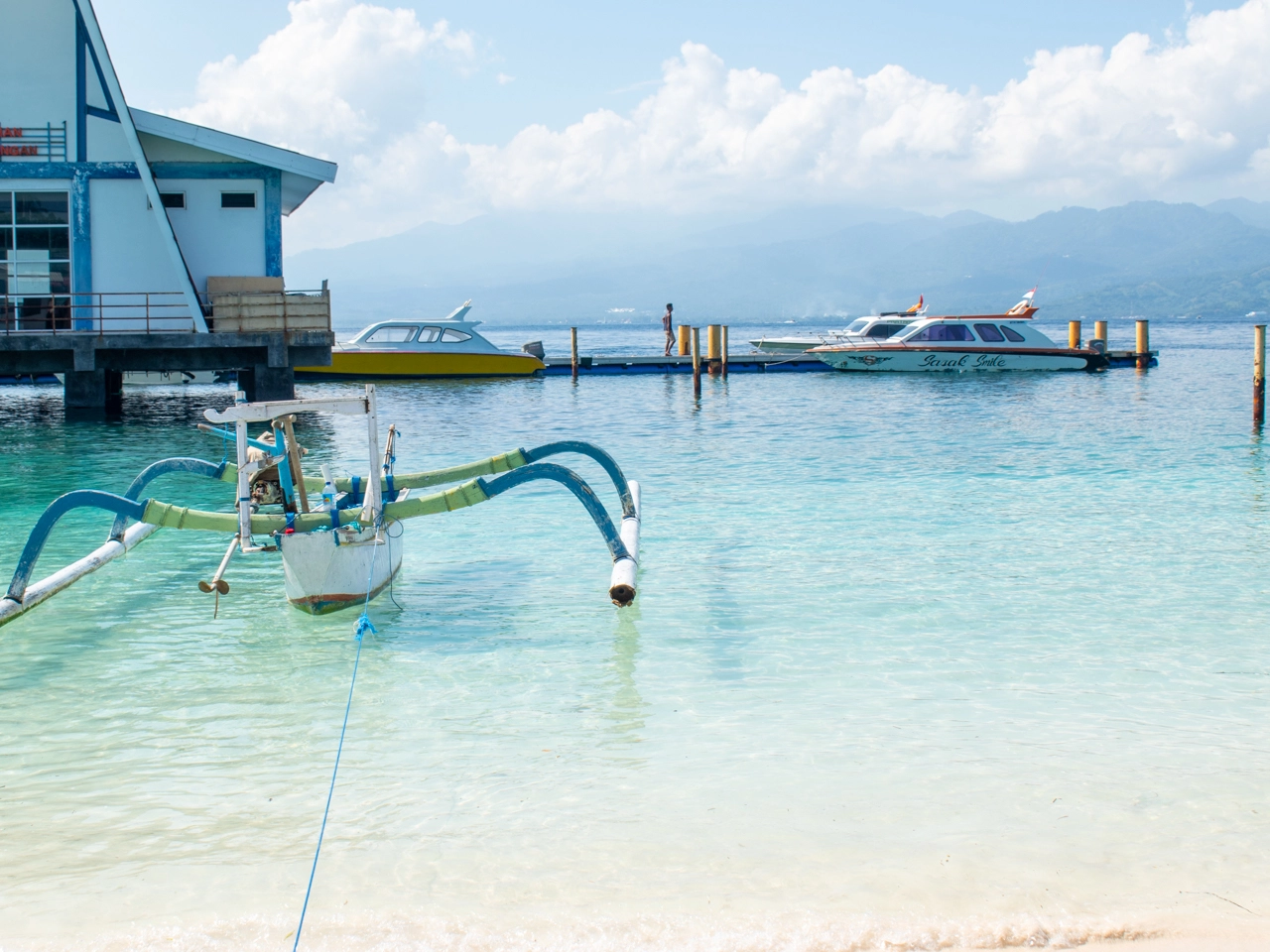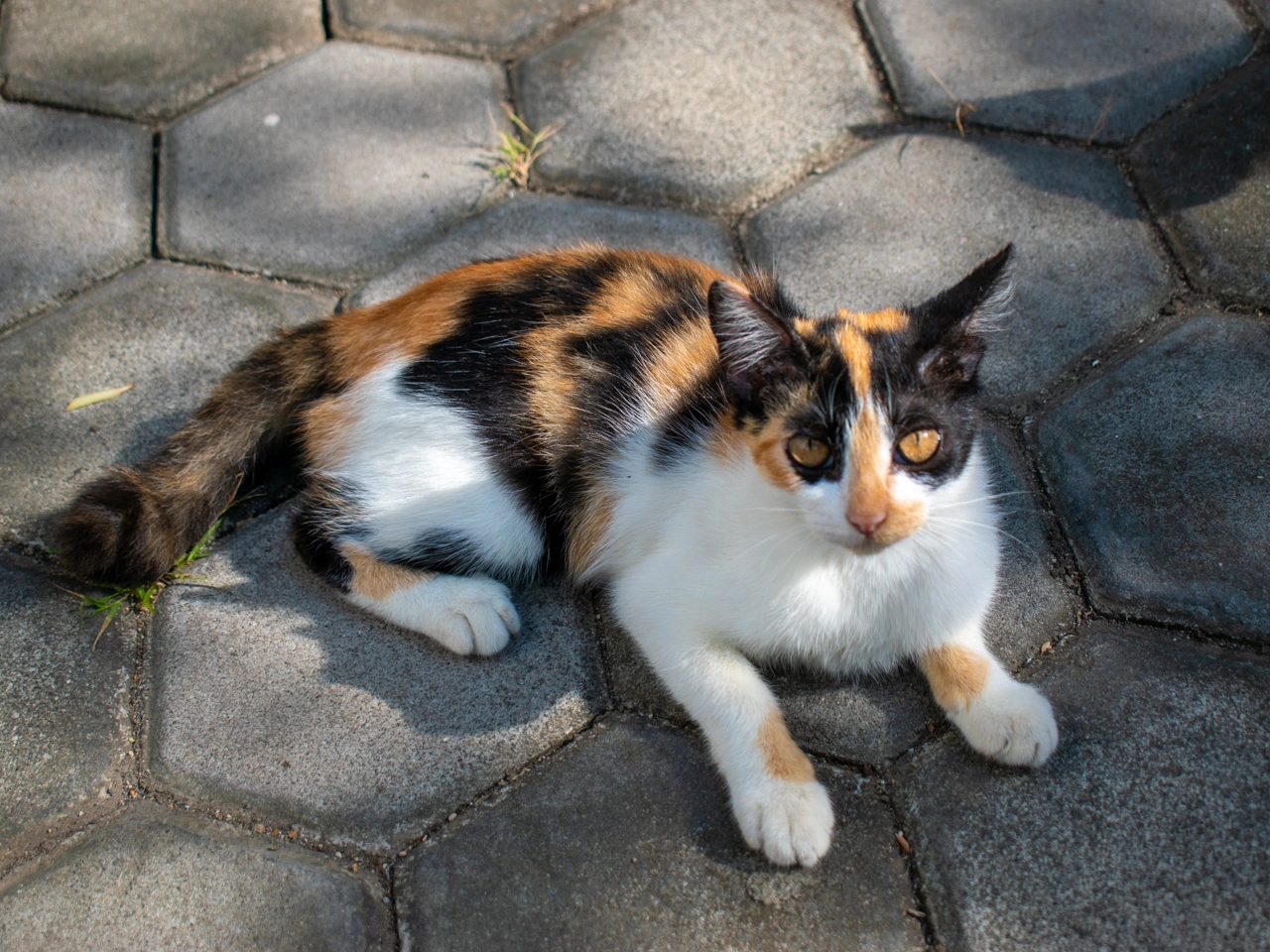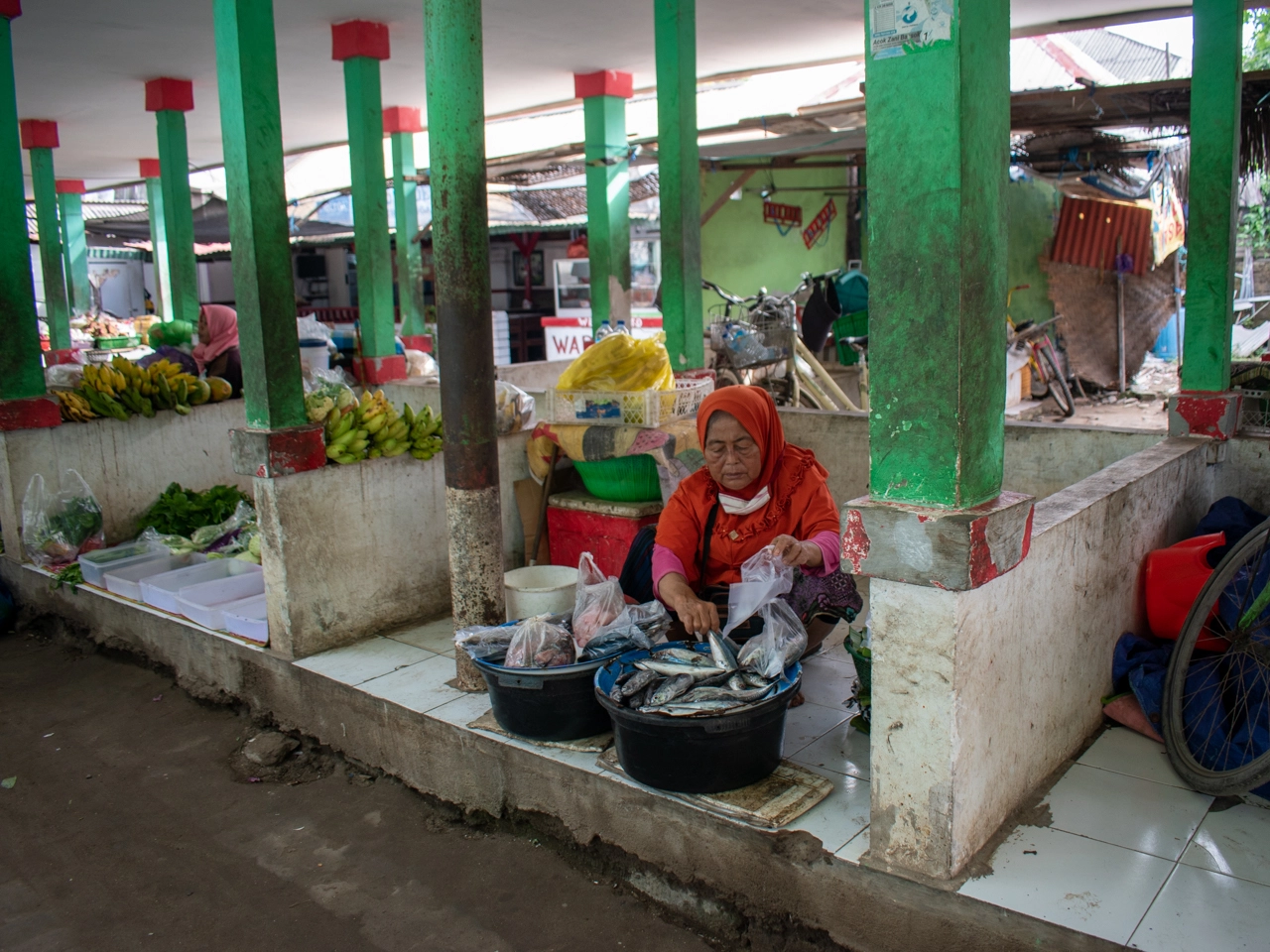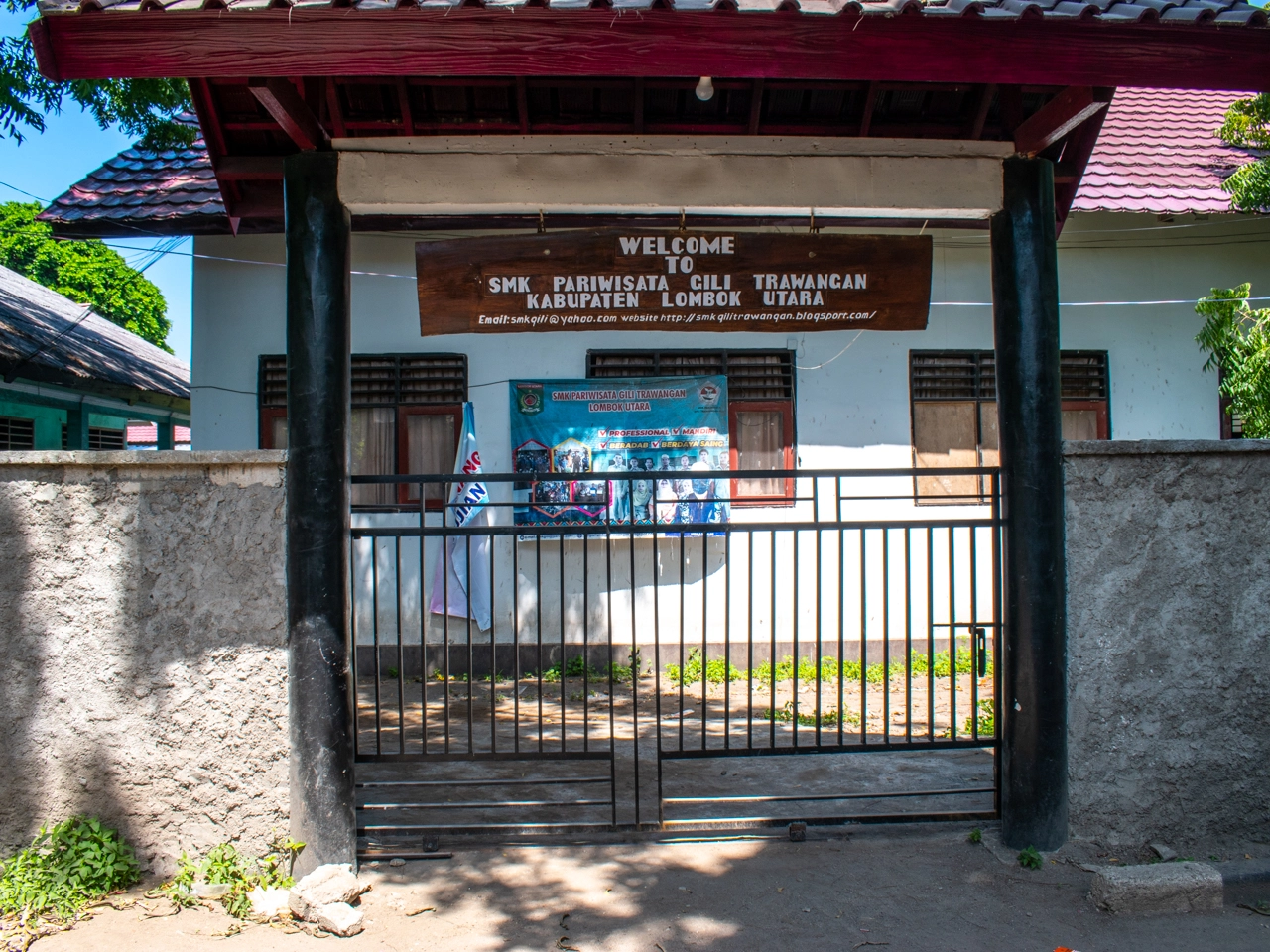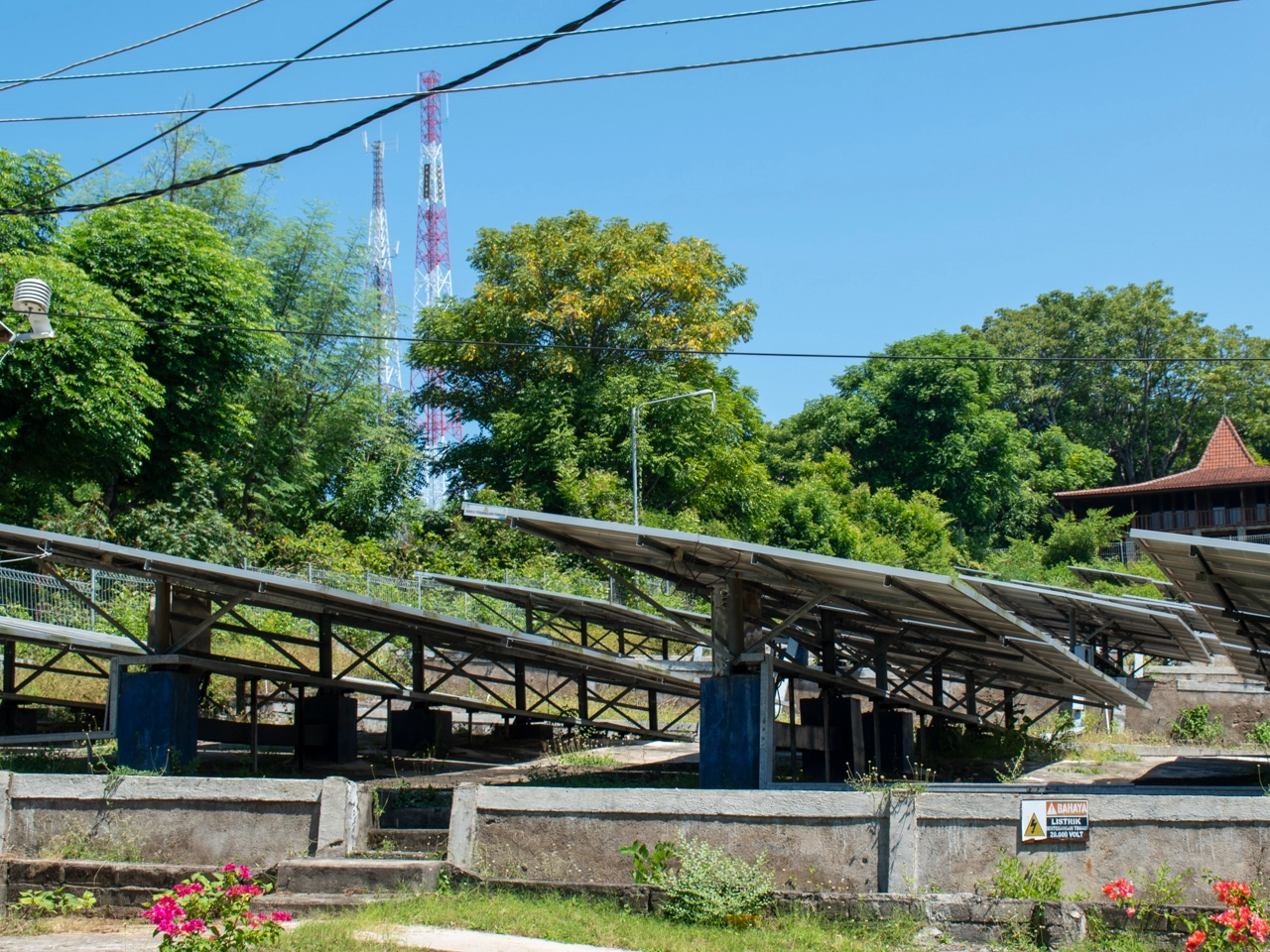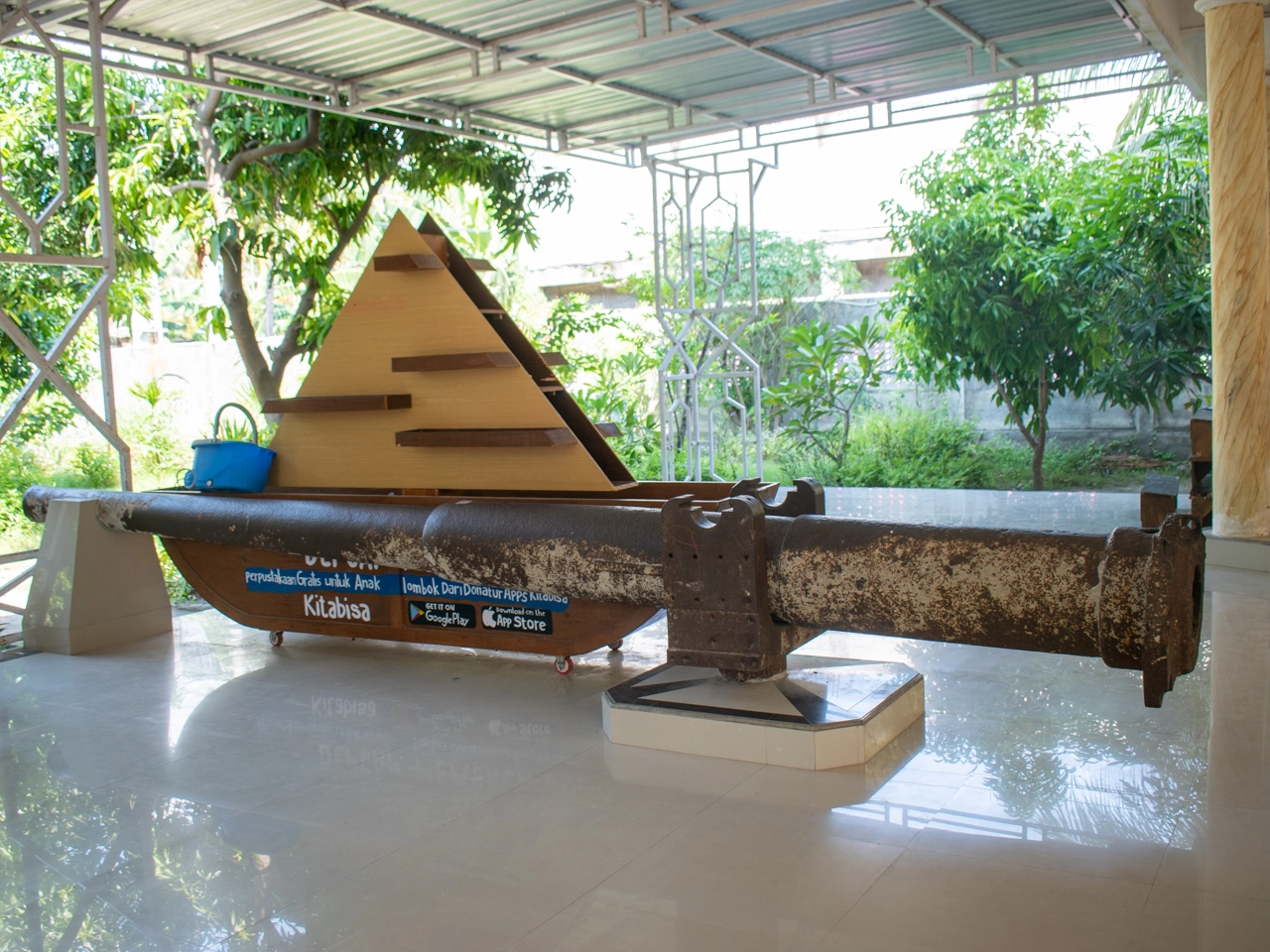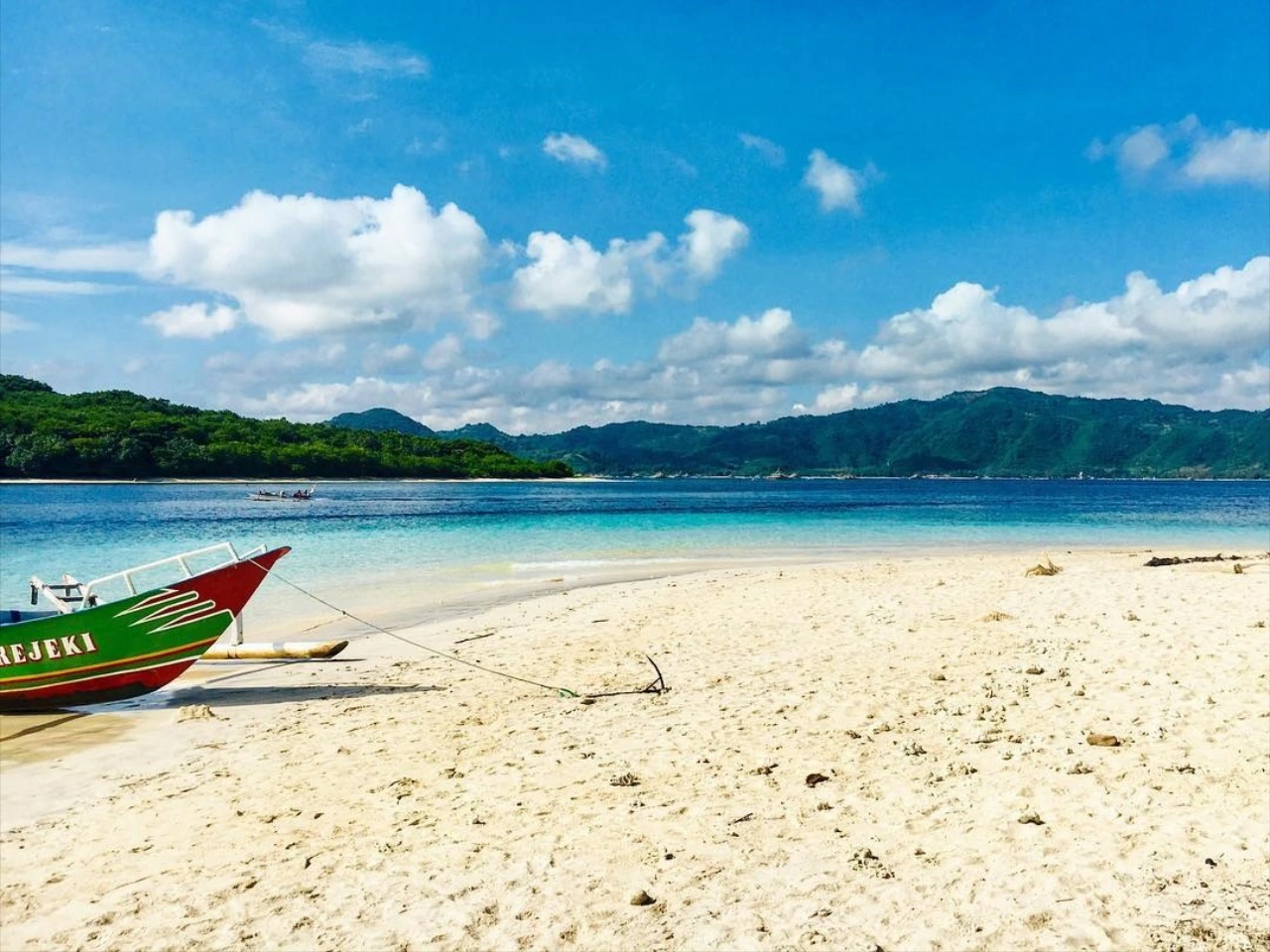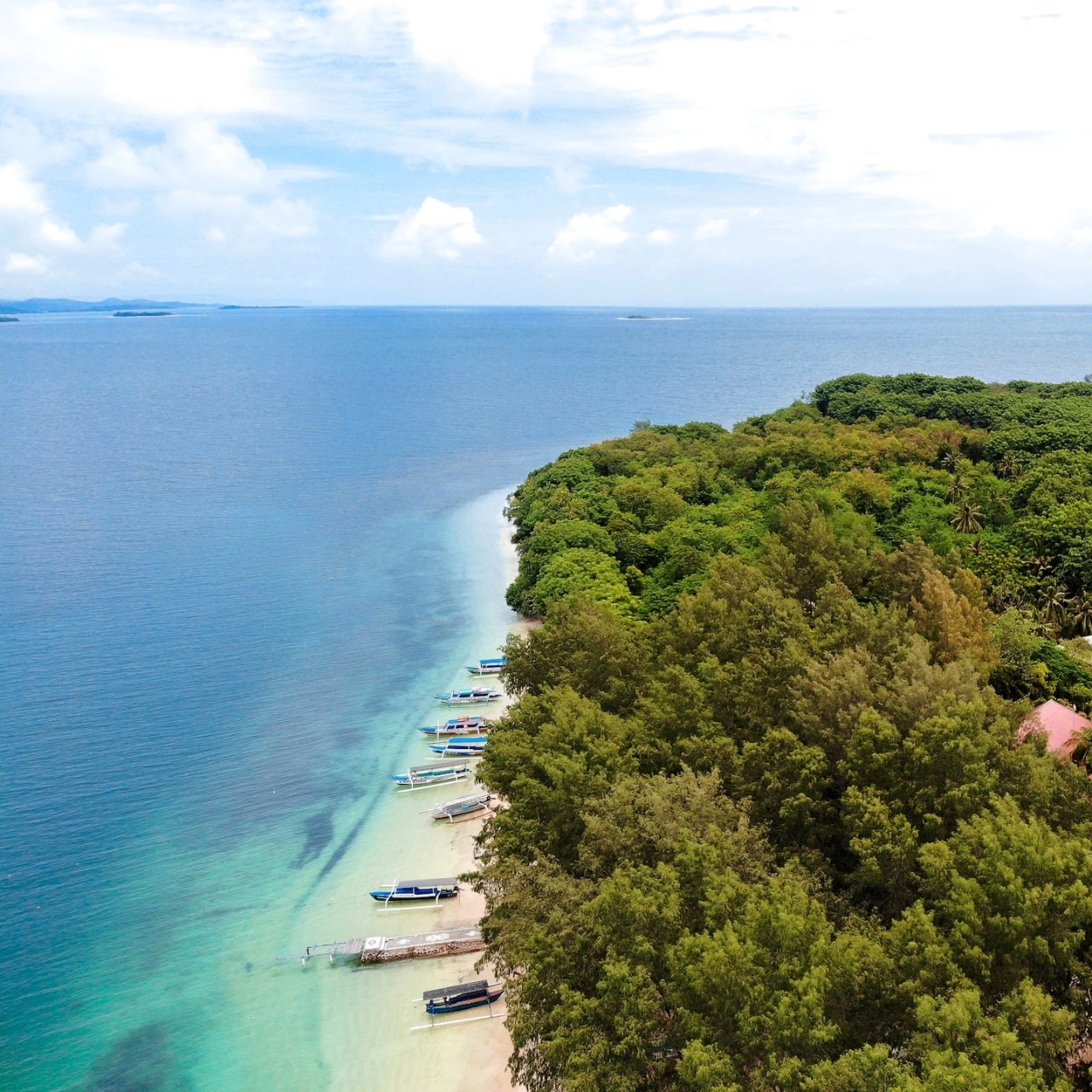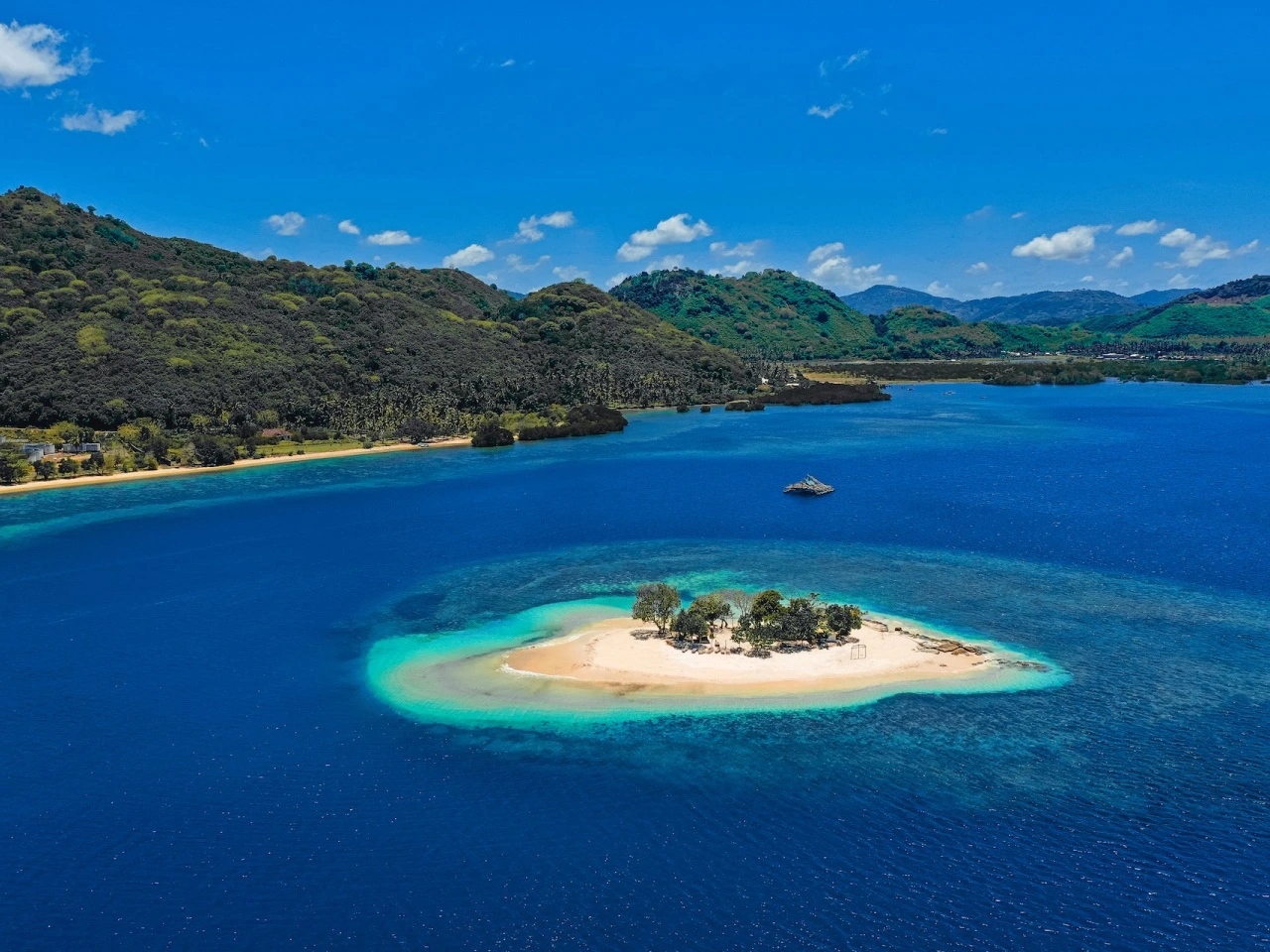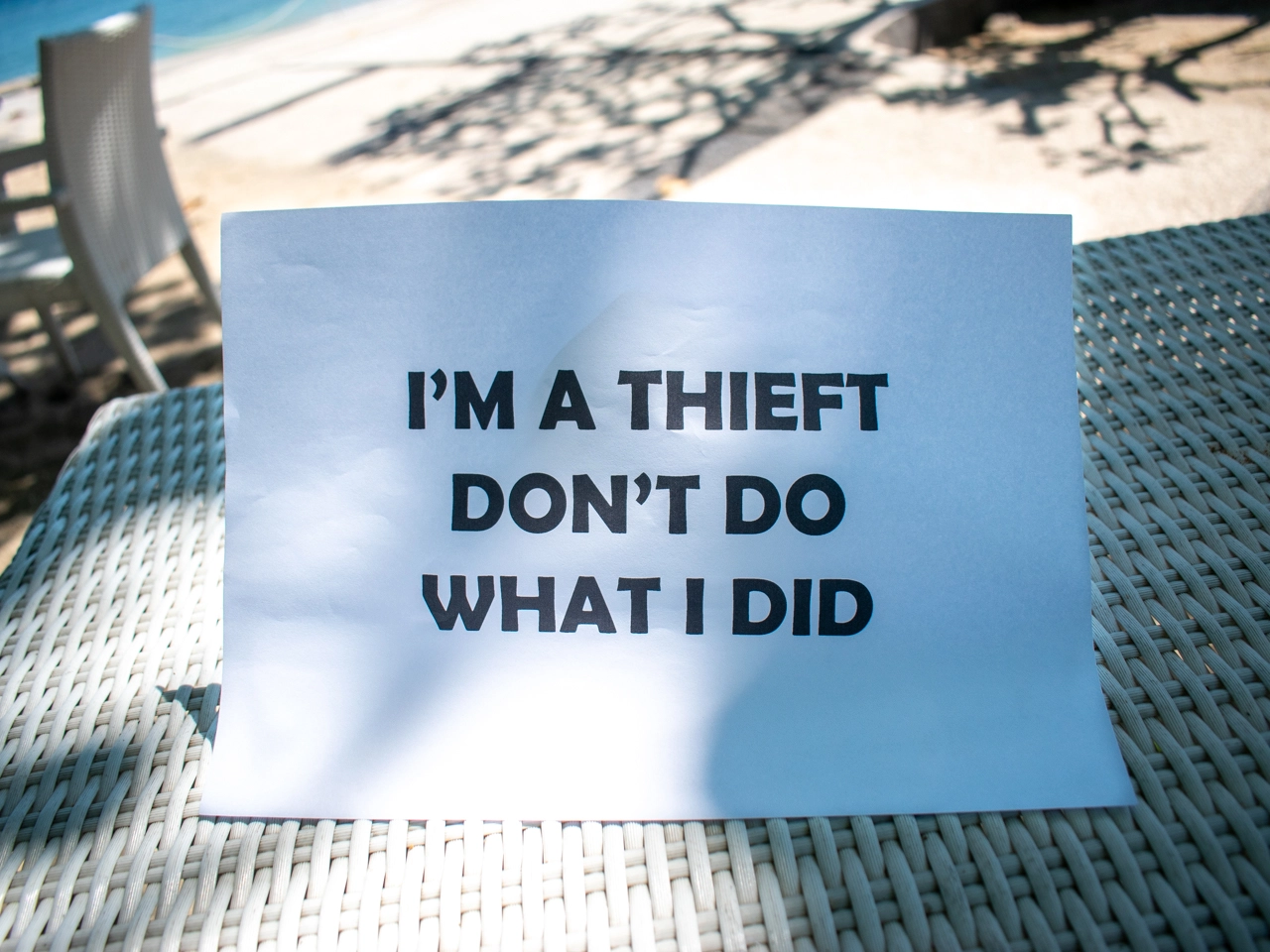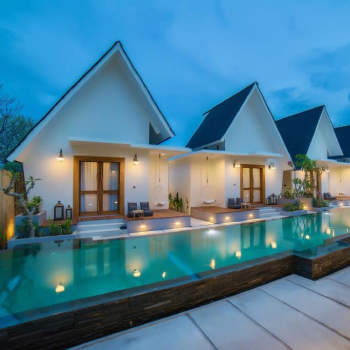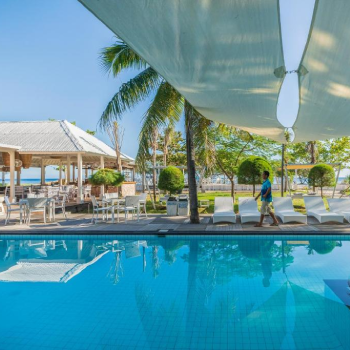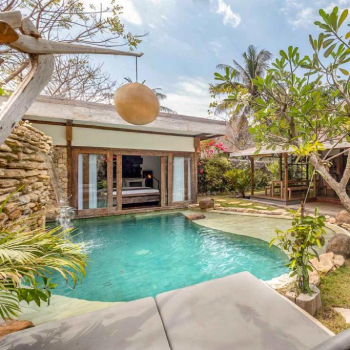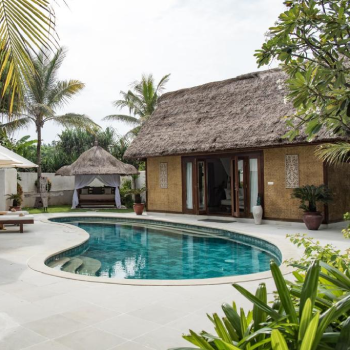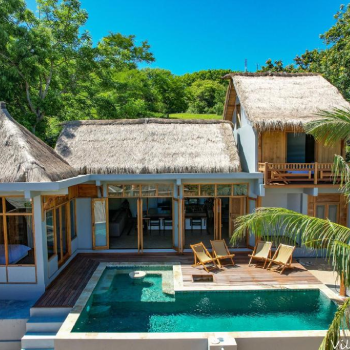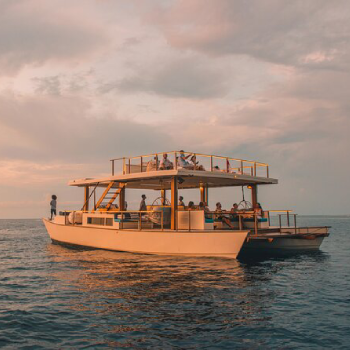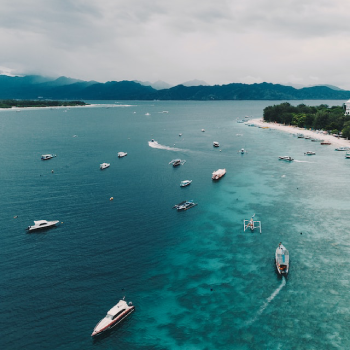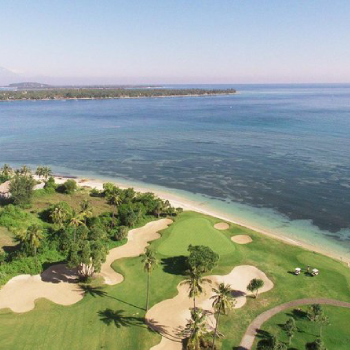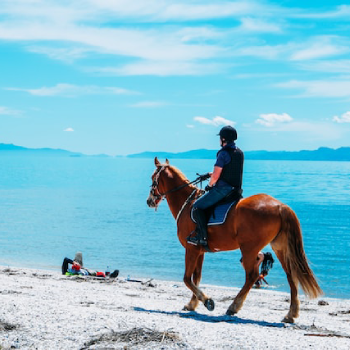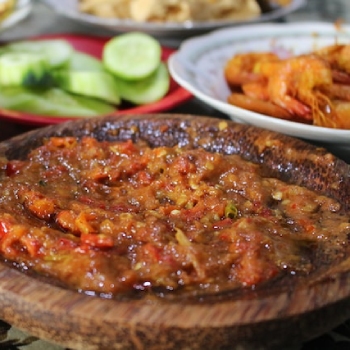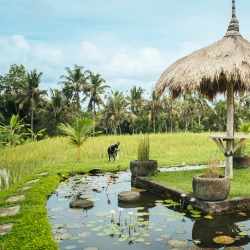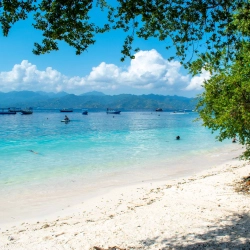Do you love the Gili Islands and want to know more about these little paradises? In this article, I'll share 15 accurate facts about the Gili Islands that you probably don't know.
Keep reading until the end, and I'll reveal a mind-blowing last fact that will surprise you!
Not part of Bali
The Gili Islands are not part of Bali, they are actually part of Lombok, an island located right next to Bali.
So if you're in a dilemma deciding whether to visit Bali or the Gili Islands on your upcoming vacation, You actually can visit them both as the Gili Islands are only a two-hour boat ride away from Bali!
And since they are part of the same country, you can visit the Gili Islands with the same visa you have for Bali.
Bali also has three smaller islands known as the Nusa Islands. These islands are located southeast of Bali and are made up of Nusa Penida, Nusa Lembongan, and Nusa Ceningan.
They are small
The Gili Islands are incredibly small - so much so that if you were to search for them on Google Maps, you would have to zoom in many times before seeing them.
To give you an idea of their sizes, here are the measurements of each island:
- Gili Trawangan: 3.44 km²
- Gili Meno: 1.8 km²
- Gili Air: 1.77 km²
Gili Trawangan is the biggest island and to give you even more ideas about it, it only takes approximately 10 minutes drive to circle the island.
That’s how small it is!
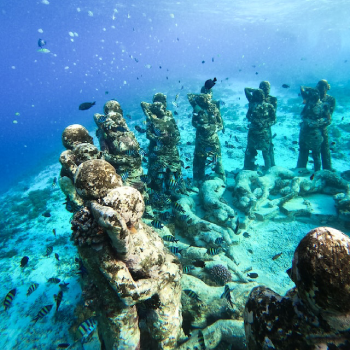
No motorized vehicles allowed
Earlier I said drive just to give you an idea of the island's size, but guess what? There are no cars, bikes or other motorized vehicles allowed on the Gili Islands
They've been doing this for a while to keep the place clean and fresh. Instead, you can get around by horse-drawn carriages, bicycles or electric scooters.
I'm really hoping that someone will start renting out Teslas soon 🤪
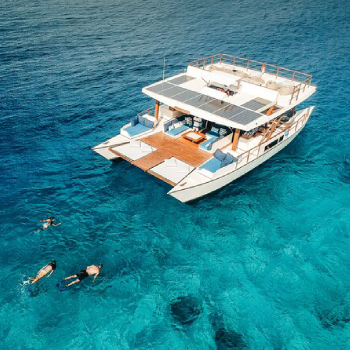
There’s no bridge connection
Even though the Gili islands are pretty close to each other, there's no bridge connecting them. Every morning, traditional wooden boats ferry food and goods from mainland Lombok to each of the Gilis.
This system is one reason why prices in the Gili islands tend to be a bit higher than in Bali. So if you want to hop between the islands, your only option is to take a boat that costs around $2.
There is no dog
There are a lot of cats on the Gili islands as well as other animals like horses, goats and cows. But what is strange is there are no dogs on these islands!
I asked a local about it and he said that dogs can't survive on the islands for an unknown reason 😱
He even told me some stories about how people have tried to bring dogs over before, but they never last more than a week.
And it's not just a recent thing, it's been like this for as long as anyone can remember. If you’re a scientist, this could be an interesting case study.

Have a small population
Even though these islands are small and not ideal for living or raising a family, there are still people who have chosen to live there permanently.
The latest government survey in 2022 recorded that Gili Trawangan alone has a population of 2,089 people. The table below shows the breakdown of populations on the other two islands as well.
| Island | Family | Male | Female | Resident |
|---|---|---|---|---|
| Gili Trawangan | 595 | 1085 | 1004 | 2089 |
| Gili Meno | 245 | 394 | 404 | 798 |
| Gili Air | 623 | 989 | 989 | 1978 |
| Total | 1463 | 2468 | 2397 | 4865 |
Historical records indicate that these people are not originally from the islands, but rather immigrants from Sulawesi. They have been living on the islands since the end of World War II.
Don’t speak Balinese
Indonesia is the world's largest archipelago with over 17,000 islands. As a result, there are also many languages spoken in the country - 652 to be exact.
Even though the Gili Islands are close to Bali, locals there do not speak Balinese. Instead, they speak the language of Lombok called Sasak.
Indonesians have no trouble traveling anywhere in the country since they are fluent in the national language - Bahasa Indonesia 🇮🇩
In fact, people in Bali, Gili Islands, Lombok, Raja Ampat, or anywhere in Indonesia are bilingual. From a young age, they are taught to speak three languages: their local language, Indonesian, and English.
Mostly Muslim
In Bali, most people are Hindu, but on the Gili islands, most people are Muslim. Not only do they speak the local language of Lombok, but they also follow the main religion there, which is Islam.
This is another reason why the Gili islands are culturally closer to Lombok than Bali.
You'll hear the call to prayer from the mosques five times a day, which lasts for about five minutes each time. Some tourists find it annoying, but I think the loud party music is way worse.
They have schools
I was pleasantly surprised to know that the kids on the Gili Islands have access to education, despite the remoteness of the islands.
At first I assumed they had to travel to Lombok to attend school, but it turns out they have their own schools right there.
What's even more impressive is that the schools on the Gili Islands offer education from primary to high school level, all in one place.
What’s more interesting is that there are hundreds of students attending these schools, eager to learn and seeking education six days a week.
Semi self-sufficient energy
I was curious about how the electricity on the Gili islands is generated, since I didn't see any transmission towers on the sea.
It turns out that the islands have their own solar panels, which provide electricity during the day for the whole community.
When the sun sets, they rely on electricity from the government, which is transmitted through underwater power lines.
It's impressive how they've managed to find sustainable solutions for their energy needs, even in such a remote location.
Salty groundwater
The water underground on the Gili islands has a salty taste. You can even dig a well at the island's center and find out that the water is still salty.
That’s because the islands are too tiny for the soil to filter the salt from the seawater.
Luckily, there's a solution to this. The islands have water distillation, which extracts the groundwater and purifies it so it becomes safe for drinking.
Ex Japanese look-out post
During World War II, the Japanese invaded Indonesia and left behind some relics that can still be found on the Gili Islands today.
The Japanese soldiers used the islands as a lookout point during the war, and some buildings and weapons like cannons were left behind on Gili Trawangan.
If you're interested in seeing some of these relics, you can still find a cannon at the Baiturrahman mosque on the island.
More than 3 islands
Have you ever heard of the South Gili islands? Most people only know about the ones in the north, but there are actually more Gili islands out there!
The South Gili islands are not as well-known as the northern ones, so they don't get as many visitors. But they're definitely worth checking out!
The four islands are called Gili Nanggu, Gili Tangkong, Gili Sudak, and Gili Kedis. You can easily find them on Google maps by clicking on the button below.
Have had Walk of shame punishments
A few years ago on the Gili Islands, if someone was caught committing a crime, they would be publicly paraded while wearing a tag that said I'm a thief, don't do what I did before being taken to the police.
This was seen as a way to discourage people from committing crimes on the islands.
However, while news of this punishment was reported widely, some visitors were not aware of it and still committed crimes.
And also because this type of punishment was seen as more of a humiliation than a punishment, it is now no longer used.
Anyone who engages in criminal behavior on the Gili islands will not be permitted to return, and if a local is involved, they will be kicked out of the island altogether.
Where criminals were exiled to
Believe it or not, the Gili islands were once used as a place to exile criminals in the medieval era. The kingdoms in Lombok would send their wrongdoers to these islands as a form of punishment.
They were so kind that they treated the criminals by giving them a free vacation 🏝️
This practice was put to an end when the Dutch invaded Indonesia in the early 1600s and took control of the area.

